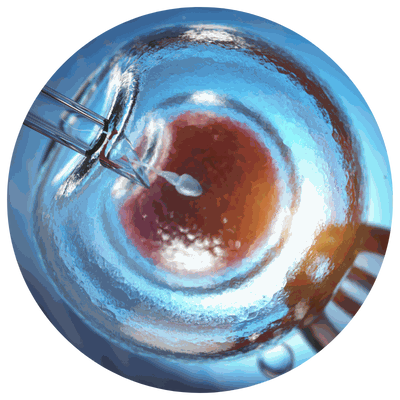Rewired marmoset blood cells give rise to precursors of sperm
March 03, 2023 | Biotechnology
Experts from the University of Pennsylvania School of Veterinary Medicine, University of Texas at San Antonio and Texas Biomedical Research Institute, have repurposed marmoset blood cells to have the flexibility of stem cells. They later on directed these stem cells to assume the characteristics of sperm precursors. This opens for a wide range of possibilities - exploring primate biology and in refining novel assisted reproductive technologies, such as in vitro gametogenesis.
Back To Top

